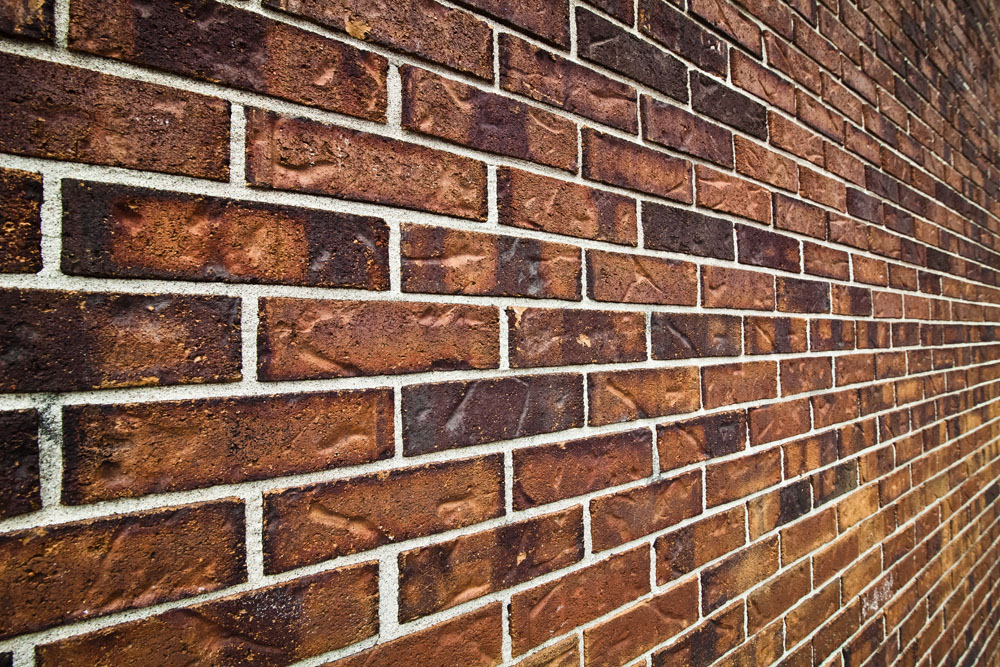Masonry walkways serve not only as functional pathways but also as aesthetic enhancements to gardens, parks, and urban spaces. The art of masonry has been practiced across cultures and centuries, leading to a diverse array of styles that reflect regional materials, craftsmanship, and design philosophies. This article explores various styles of masonry walkways around the world, showcasing their unique characteristics and cultural significance.
What is a Masonry Walkway?
A masonry walkway is a pathway constructed using durable materials such as stone, brick, or concrete. These walkways are known for their strength and longevity while offering a wide range of design options. Masonry walkways can be found in residential gardens, public parks, historical sites, and commercial areas. Their versatility allows for both practical use and creative expression.
The Importance of Masonry Walkways
Masonry walkways play a crucial role in landscaping and urban planning. They provide access points while enhancing the overall aesthetic appeal of an area. Well-designed masonry pathways can guide foot traffic, define spaces within gardens or parks, and increase property value.
Different Materials Used in Masonry Walkways
Brick: One of the most popular materials for masonry walkways due to its classic appearance and durability. Stone: Natural stone offers unique textures and colors but may require more maintenance. Concrete: Highly versatile; it can be stamped or dyed to mimic other materials while providing excellent durability. Pavers: Interlocking pavers allow for intricate designs while being easy to replace if damaged.Exploring Different Styles of Masonry Walkways Around the World
Masonry walkways vary significantly from one region to another based on local traditions, available materials, climate considerations, and cultural influences.
1. European Cobblestone Pathways
History and Significance
Cobblestone pathways have long been a staple in European towns. Originating from ancient Roman roads, these paths were created using naturally rounded stones that were readily available.
Design Features
- Uneven surfaces Variations in stone size A rustic charm that creates a vintage atmosphere
Cultural Relevance
In many European cities like Amsterdam or Prague, cobblestone streets are integral to the town's heritage and tourism appeal.
2. Japanese Zen Gardens
Philosophy Behind Design
Japanese Zen gardens utilize simplicity to evoke tranquility. The pathways often lead through carefully curated landscapes designed for meditation.
Materials Used
- Gravel Stone slabs Moss-covered rocks
Aesthetic Appeal
The paths are designed to blend seamlessly with nature, promoting peace and contemplation.
3. Mediterranean Terracotta Tiles
Originating Cultures
Mediterranean architecture often integrates terracotta tiles into its pathways due to their warm colors that complement sunny climates.
Design Characteristics
- Bright hues (reds and oranges) Intricate patterns Excellent heat resistance
Cultural Connection
These tiles reflect the rich history of Mediterranean civilizations from Greece to Italy.
4. American Rustic Stone Walks
Natural Inspirations
In rural America, stone paths often incorporate locally sourced boulders or river stones creating organic shapes that blend with the landscape.
Craftsmanship Techniques
Dry-stacking techniques are commonly used where stones are arranged without mortar masonry walkway materials allowing for natural settling over time.
Community Impact
Such rustic pathways enhance outdoor living spaces by connecting gardens with patios or fire pits.
5. Modern Concrete Walkways
Contemporary Design Trends
Modern architecture favors clean lines with minimalistic designs—concrete allows for this flexibility without sacrificing durability.
Customization Options
- Stamped concrete Colored finishes Geometric patterns
Popularity in Urban Areas
Many cities employ concrete due to its cost-effectiveness combined with high performance under heavy foot traffic.
6. Indian Marble Pathwalks
Cultural Heritage
Marble paths are prominent in historic palaces like those in Rajasthan where they symbolize luxury and artistic craftsmanship.
Visual Elements
Intricate carvings can be found along marble walkways adding elegance while reflecting India’s rich historical narrative.
7. South African Clay Brick Paths
Clay bricks have been utilized in South Africa for centuries due to their accessibility and thermal properties suitable for hot climates.
8. Australian Sandstone Trails
Found abundantly throughout Australia’s coastal regions; sandstone provides a rugged yet elegant look while being naturally slip-resistant.
9. Brazilian Slate Pathways
Brazilian slate is renowned for its diverse color palette ranging from deep blacks to vibrant greens which offer striking visual contrast against lush flora.
10. Middle Eastern Mosaic Patterns
Mosaics tell stories through colorful tiles arranged artistically; these not only serve as walkways but also showcase cultural narratives central to Islamic architecture.
FAQs about Masonry Walkways
Q1: What makes masonry walkways durable?
A1: Masonry materials like stone or brick withstand weathering better than many alternatives due to their density and resistance to moisture damage.
Q2: Can I install a masonry walkway myself?
A2: While DIY installation is possible for experienced homeowners with basic tools; hiring professionals ensures proper drainage systems are managed effectively preventing future problems.

Q3: How do I maintain my masonry walkway?
A3: Regular cleaning (using water & gentle soap) alongside periodic sealing will prolong your walkway’s lifespan keeping it looking fresh year-round!
Q4: What style suits my home best?
A4: Consider your home’s architecture; traditional homes may benefit from cobblestones whereas contemporary spaces may favor sleek concrete designs—it ultimately depends on personal taste!
Q5: Are there eco-friendly options available?
A5: Yes! Permeable pavers allow rainwater absorption helping reduce runoff promoting healthier landscapes around homes/businesses alike!
Q6: What is the cost comparison between different materials?
A6: Generally speaking—brick tends towards higher price points compared with poured concrete; however initial investment should consider long-term maintenance costs too!
Conclusion
Exploring different styles of masonry walkways around the world reveals not just artistic expressions but also deep-rooted cultural significances tied closely with local environments! Each type tells its own story—from aged cobblestones whispering tales past centuries ago—to polished marble radiating opulence across grand palaces—the choices abound! When selecting a walkway style consider functionality alongside aesthetics; after all—it must harmonize beautifully within its surroundings whilst serving daily purposes too! Whether you lean towards timeless elegance or modern minimalism—there’s undoubtedly an ideal path waiting just beneath your feet ready for exploration!